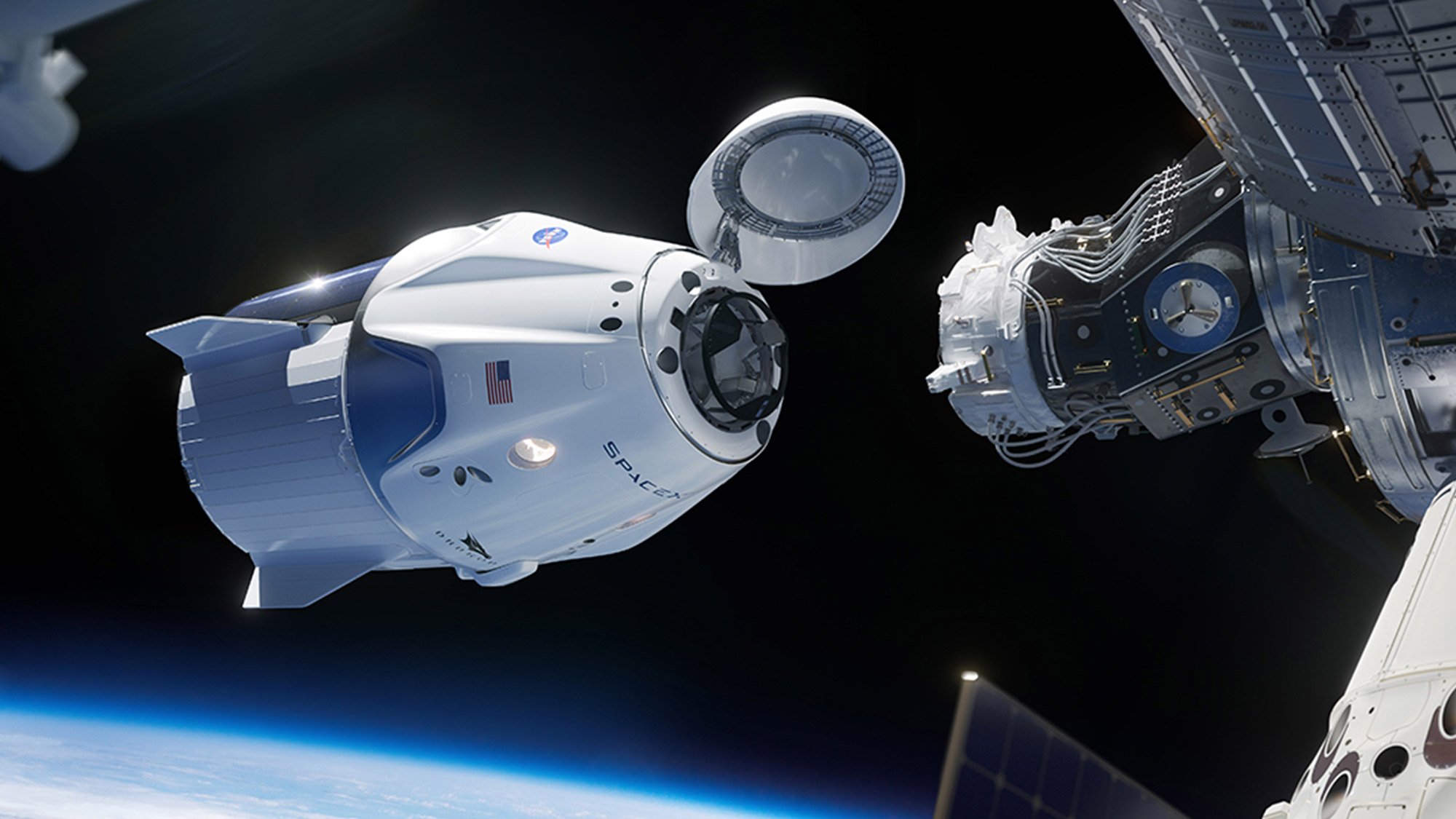NASA's SLS catches a lot of flak.
The Space Launch System is a joint effort by contractors including Boeing (BA +0.60%), Lockheed Martin (LMT +0.66%), Aerojet Rocketdyne (AJRD +0.00%), and Northrop Grumman (NOC +0.40%) to build the most powerful rocket since the Saturn V moon rocket -- and enable NASA to send astronauts back to the moon, and eventually to Mars. Problem is, the $35 billion project is overdue and over budget, and for months there have been rumblings that SLS could be destined for cancellation.
In 2018, for example, multiple space insiders attending the National Space Society conference in Los Angeles were quoted expressing doubts about SLS's technical immaturity. By early 2019, concerned with rising costs, the Trump administration's fiscal 2020 budget proposal called for cuts to SLS funding. And just last month, a report out of the Office of Management and Budget (OMB) suggested that costs were so out of control that SLS, once thought to cost $1 billion per launch, is now more likely to cost "over $2 billion per launch" -- and by some estimates much, much more.

Image source: Getty Images.
Riding to the rescue
And yet, despite the high and rising cost of the project, NASA seems committed to SLS.
We know this because, speaking at a "town hall" meeting with NASA employees earlier this month, NASA's new associate administrator for human exploration and operations, Doug Loverro, insisted that the SLS is "absolutely mandatory" to fund and fly, if America is to return astronauts to the moon by 2024, as the Trump administration now intends.
Although rival space contractors including SpaceX and Blue Origin have proposed using other spacecraft (that they would build) to fulfill the moon mission, "The fact of the matter is [that SLS is] the only system we have today that is designed, purpose-built, to go ahead and get men to the moon and women to the moon," averred Loverro.
And SLS may not even cost as much as some people fear.
Backing up Loverro's arguments, SpaceNews.com reports that NASA Administrator Jim Bridenstine told this same crowd of NASA employees that he does "not agree with the $2 billion number" cited in the OMB's report. "It is far less than that," insisted Bridenstine, and could even fall below the initial $1 billion cost estimate if the SLS program scales up to produce multiple spacecraft -- perhaps as low as "$800 million to $900 million" per launch.
Caveats and provisos
Is he right about that, though? Is the OMB wrong?
The basis of Bridenstine's assertion appears to lie in the law of economies of scale: Build a single prototype, and it will cost a lot. But build a copy of that prototype and the cost falls. Build 10 copies, and you can start buying parts in bulk, at a discount, pushing prices down even further. According to Bridenstine, "the number comes way down when you buy more than one or two" SLS rockets, and so it's his hope that the eight or more SLSes that will be needed to accomplish "Project Artemis" -- the return to the moon -- will eventually create such economies of scale as to cut the average cost of each rocket in half.
And that may be true, if all we're talking about is the cost of building each individual SLS. However, there's also the cost of the Orion space capsule (Lockheed's primary contribution to Project Artemis) that SLS will carry to the moon -- estimated at $600 million to $900 million per spaceship -- to consider. And additional to the production cost, there's the cost of developing SLS, estimated to have reached $14 billion already and still growing at $2 billion to $3 billion per year as the contractors complete work on SLS. Amortize that over a fleet of even eight SLS units, and the true cost of each rocket is almost certainly going to be much, much more than "$800 million to $900 million."
Perhaps most telling of all is Bridenstine's eventual admission to NASA staff that "I don't know, honestly," how much SLS will cost when it's finally completed.
The upshot for investors
And in the final analysis, that is probably the comment most important to investors.
The fact that the head of NASA doesn't really have any idea what he'll end up paying for SLS probably isn't much comfort to taxpayers. It does, however, line up with the space agency's insistence that SLS is "absolutely mandatory." No matter how much SLS ultimately costs, NASA seems dead set on paying the bill -- which can only be good news for the companies that will build the rocket.








